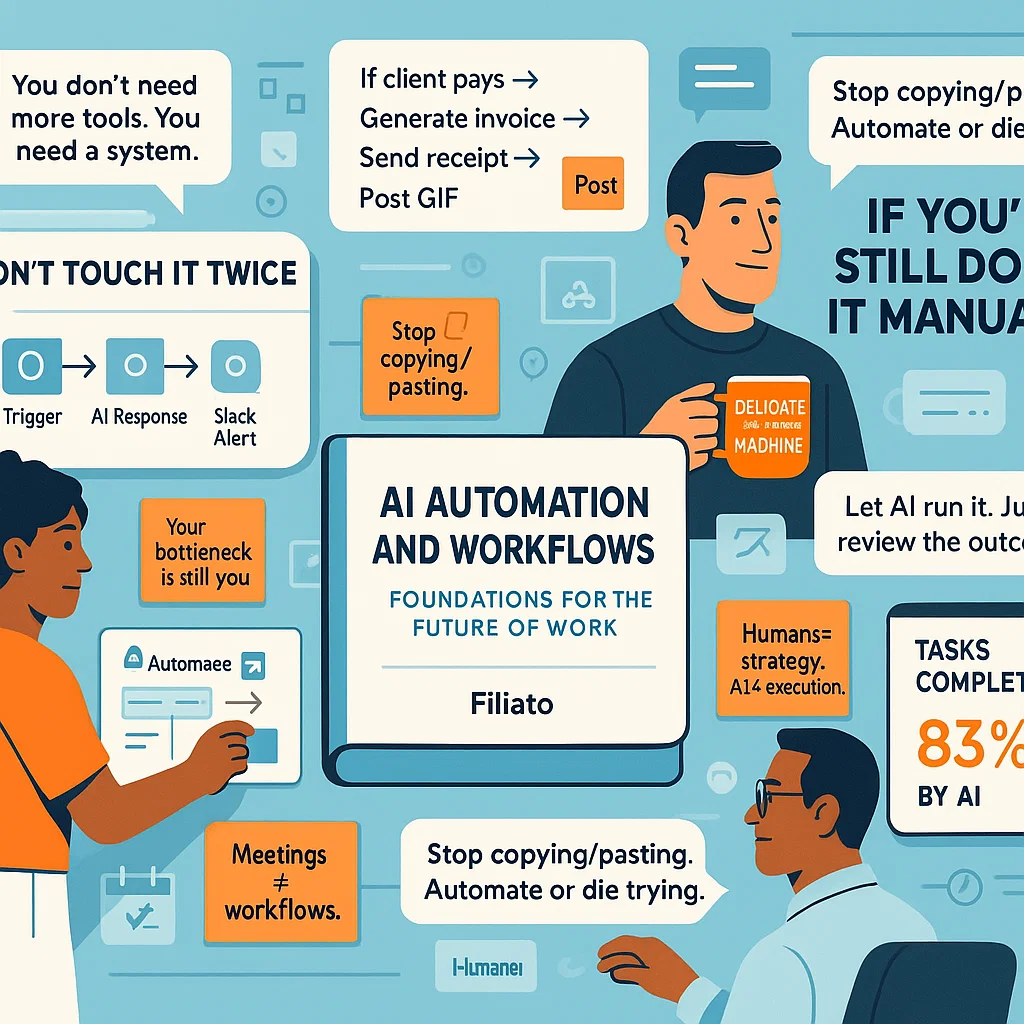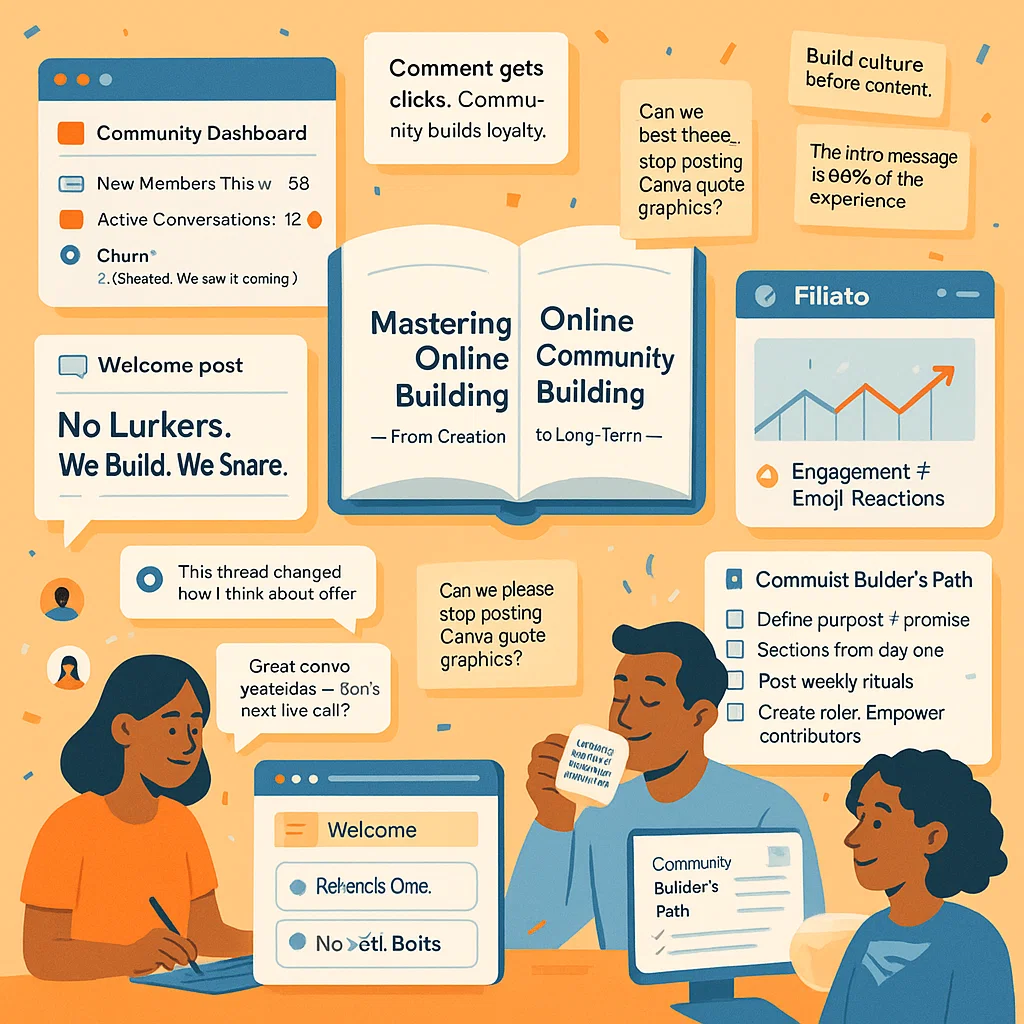The Personal Branding Starter Pack for 2025: Build a Name People Trust
You don’t need to be an influencer to build a personal brand. In fact, you already have one—it just might not be intentional yet.
In today’s hyper-connected, remote-friendly, opportunity-rich world, personal branding isn’t a luxury or a buzzword—it’s your digital fingerprint. Whether you’re launching a creative career, climbing the corporate ladder, or pivoting industries, your personal brand is the silent agent working for (or against) you.
This guide isn’t about becoming someone you’re not. It’s about learning how to highlight who you really are—and turning that clarity into career capital.
Let’s Start with the Basics: What Is a Personal Brand?
Think of your personal brand as your professional reputation—packaged.
It’s how people describe you when you’re not in the room. Your values, skills, vibe, and unique contribution rolled into a single impressionBeginner Guide – Build ….
The guide breaks it down into:
- Identity: Who you are, what you believe in, and how you express it.
- Image: How others perceive you based on your communication, appearance, and actions.
- Reputation: The result of consistency over time.
You don’t have to be a celebrity. You just need to be clear and consistent.
Phase 1: Do the Self-Discovery Work
Before you build anything public, you need to go inward. The guide’s approach starts with clarity:
- What are your core strengths?
- What values shape your decisions?
- What topics genuinely excite you?
Use tools like StrengthsFinder, MBTI, or a simple SWOT analysis to reflect on your positioningBeginner Guide – Build ….
Then, translate those discoveries into SMART goals—specific, measurable objectives that guide your growth online and offline.
Phase 2: Get Specific About Who You’re Talking To
Personal branding isn’t about trying to appeal to everyone. It’s about relevance.
Who’s your audience? What problems are they trying to solve? What language do they use? These questions help you build an audience persona—an imaginary but data-informed representation of your ideal follower, client, or collaboratorBeginner Guide – Build ….
The more specific you get, the more magnetic your brand becomes.
Phase 3: Craft a Personal Brand Statement That Hits
Your personal brand statement is your verbal business card. The guide suggests it include:
- What you do
- Who you help
- Why it matters
Examples:
- “I help creatives turn their passions into sustainable businesses through storytelling and strategy.”
- “I coach mid-career professionals to pivot into tech roles using targeted learning and mentorship.”
Want it to resonate? Test it. Share it. Refine it.
Phase 4: Build Your Digital Real Estate
You don’t need to be on every platform. You need to be on the right ones.
Here’s what the guide recommends:
- LinkedIn for professionals and B2B exposure
- Instagram for lifestyle and creative expression
- YouTube or TikTok for teaching, entertainment, or visual storytelling
- Your own website to own your narrative
Make sure your bio, profile image, and content reflect the brand you’re crafting—visually and verballyBeginner Guide – Build ….
Phase 5: Network Like a Human
Networking isn’t transactional—it’s relational. This guide puts emphasis on authentic engagement, including:
- Asking meaningful questions
- Following up with intention
- Collaborating over competing
It also encourages leveraging online communities, live events, and even volunteering as brand-building opportunitiesBeginner Guide – Build ….
People remember how you made them feel more than what you said.
Phase 6: Be Consistently You (But Evolve)
Consistency = trust. Authenticity = relatability.
Whether it’s your tone on Twitter, your layout on LinkedIn, or your personal anecdotes on podcasts, keeping your voice aligned across touchpoints is key.
But growth is part of branding too. The guide outlines how to adapt without losing your essence—pivoting with purpose as your goals and audience shiftBeginner Guide – Build ….
Phase 7: Track, Tweak, Repeat
The best brands evolve because they pay attention. Use these tools to assess your brand’s impact:
- Google Analytics (for traffic)
- Social media insights (for engagement)
- Feedback loops (surveys, comments, DMs)
Watch what resonates. Drop what doesn’t. Stay agile.
Common Challenges? Here’s What to Expect:
Time constraints? Create a system. 2 hours a day can move the needle.
Negative feedback? Sort the helpful from the harmful.
No budget? Leverage free tools. Value ≠ expensive.
Overwhelm? Focus on small, consistent actions—not perfectionBeginner Guide – Build ….
Wrap-Up: Your Name Is the Business
You are the algorithm.
Every post, every comment, every pitch is a brick in your personal brand. This guide doesn’t promise overnight transformation—but it gives you the tools to move with clarity, intention, and consistency.
In 2025, personal brands aren’t just about visibility. They’re about viability.


